Home>Furniture & Design>Interior Design Trends>How To Identify Slag Glass
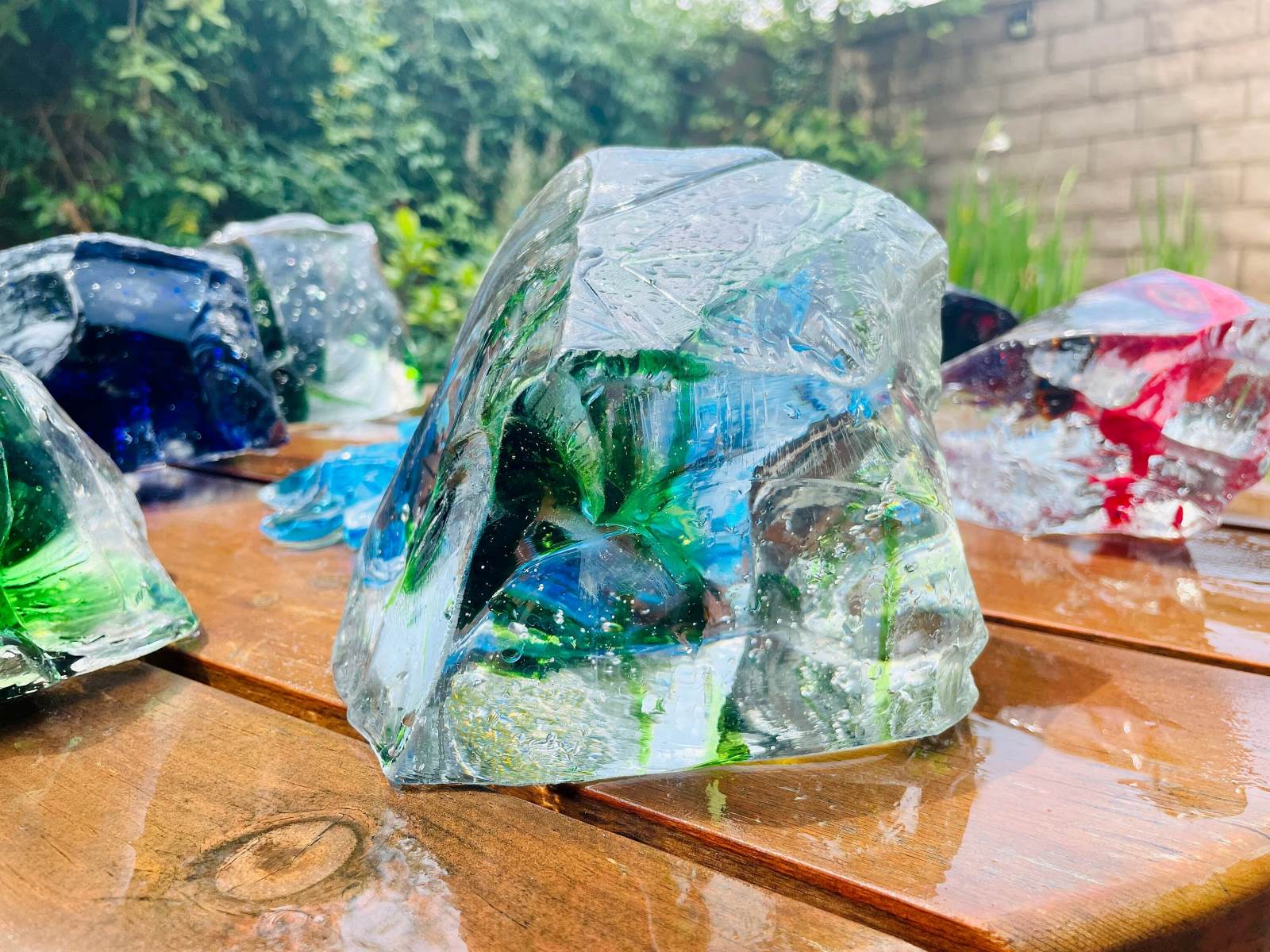

Interior Design Trends
How To Identify Slag Glass
Modified: February 6, 2024
Learn how to identify slag glass and incorporate it into your interior design trends. Discover the beauty and versatility of this unique glass material.
(Many of the links in this article redirect to a specific reviewed product. Your purchase of these products through affiliate links helps to generate commission for Storables.com, at no extra cost. Learn more)
What is Slag Glass?
Slag glass, also known as malachite glass or marble glass, is a type of opaque pressed glass that exhibits stunning swirls of color and unique patterns. This exquisite glassware gained popularity during the late 19th century and continues to captivate collectors and enthusiasts with its distinctive beauty.
Slag glass is created by adding slag, a byproduct of metal smelting, to the glass mixture. The presence of slag imbues the glass with mesmerizing streaks and swirls, resulting in a marbled appearance that sets it apart from other types of glassware. The colors of slag glass can vary widely, ranging from rich cobalt blue and deep emerald green to vibrant amethyst and warm caramel hues.
This glass is often found in a range of decorative items, including vases, lampshades, and ornamental pieces, each showcasing the unique patterns and colors that make slag glass so alluring. Its distinctive appearance and historical significance have made it a sought-after collectible, with antique pieces commanding attention in the world of interior design and vintage decor.
Slag glass has a rich history, with its origins dating back to the Victorian era when it was used to create ornate and elegant pieces that adorned homes and public spaces. Its popularity continued into the early 20th century, and today, it remains a cherished and valuable addition to any collection of antique glassware.
The allure of slag glass lies not only in its aesthetic appeal but also in the craftsmanship and artistry involved in its production. The intricate patterns and vibrant colors are a testament to the skill and creativity of the artisans who crafted these exquisite pieces, adding a layer of historical and artistic significance to each item.
In summary, slag glass is a unique type of pressed glass that showcases mesmerizing swirls of color and distinctive patterns, making it a prized collectible with a rich history and enduring appeal in the world of interior design and vintage decor.
Key Takeaways:
- Slag glass is a unique, high-quality glassware with mesmerizing swirls of color, making it a prized collectible in vintage decor and interior design.
- Despite misconceptions, slag glass is durable, valuable, and timeless, adding a touch of elegance to modern and traditional interior spaces.
Read more: What Is Slag Glass
Characteristics of Slag Glass
Slag glass is renowned for its captivating and distinctive characteristics, setting it apart from other types of glassware. Its defining features contribute to its allure and desirability among collectors and enthusiasts. Understanding the key characteristics of slag glass is essential for identifying and appreciating its unique beauty.
1. Opaque Appearance
Slag glass exhibits an opaque or semi-opaque appearance, imparting a sense of depth and richness to its colors. This characteristic sets it apart from transparent or translucent glass, creating a captivating allure that enhances its visual impact.
2. Swirling Patterns
One of the most striking features of slag glass is its mesmerizing swirling patterns. These patterns, reminiscent of marble or malachite, result from the incorporation of slag into the glass mixture during production. The swirling effect adds depth and complexity to the glass, making each piece a work of art in its own right.
3. Varied Color Palette
Slag glass is celebrated for its diverse and vibrant color palette. From deep cobalt blues and emerald greens to radiant amethyst and warm caramel hues, the range of colors found in slag glass is truly remarkable. This variety of colors contributes to the glass's versatility, allowing it to complement a wide array of interior design styles and color schemes.
Read more: How To Identify Blenko Glass
4. Unique Texture
The texture of slag glass is another defining characteristic that distinguishes it from other types of glassware. Its tactile quality, often featuring subtle ripples or undulations, adds a tactile dimension to its visual appeal, inviting touch and exploration.
5. Historical Significance
Beyond its visual attributes, slag glass carries historical significance, particularly in the context of 19th-century decorative arts. Its presence in antique and vintage pieces reflects the craftsmanship and design trends of the era, providing a tangible link to the past for collectors and enthusiasts.
6. Artistic Craftsmanship
The production of slag glass involves a high level of artistic craftsmanship. Skilled artisans carefully manipulate the swirling patterns and colors, resulting in each piece being a unique creation. This craftsmanship adds an element of artistry and individuality to slag glass items, further enhancing their desirability and value.
In summary, the characteristics of slag glass, including its opaque appearance, swirling patterns, varied color palette, unique texture, historical significance, and artistic craftsmanship, collectively contribute to its timeless appeal and enduring popularity in the world of interior design and collectible glassware.
Identifying Slag Glass
Identifying slag glass requires a keen eye for its distinctive characteristics and a basic understanding of its production methods and historical context. Whether you're a collector, antique enthusiast, or simply intrigued by the allure of slag glass, recognizing its unique features is essential for distinguishing it from other types of glassware.
1. Opaque Appearance
Slag glass is characterized by its opaque or semi-opaque appearance, which sets it apart from transparent or translucent glass. When held up to light, slag glass does not allow light to pass through as easily as transparent glass does. This opacity contributes to the depth and richness of its colors, creating a captivating visual impact.
2. Swirling Patterns
One of the most prominent identifying features of slag glass is its mesmerizing swirling patterns. These patterns, resembling marble or malachite, are the result of incorporating slag, a byproduct of metal smelting, into the glass mixture during production. The swirling effect adds depth and complexity to the glass, making each piece a unique work of art.
3. Varied Color Palette
Slag glass exhibits a diverse and vibrant color palette, ranging from deep cobalt blues and emerald greens to radiant amethyst and warm caramel hues. The presence of multiple colors swirling together within the glass creates a marbled effect that is distinctively characteristic of slag glass. This varied coloration contributes to its versatility in complementing different interior design styles and color schemes.
Read more: How To Identify Blenko Glass
4. Unique Texture
The tactile quality of slag glass is another key aspect of its identification. Upon close inspection, slag glass often features subtle ripples or undulations, adding a textural dimension to its visual appeal. Running your fingers over the surface of slag glass can reveal these unique textural qualities, further confirming its identity.
Read more: How To Identify Fenton Glass
5. Historical Context
Understanding the historical context of slag glass production can aid in its identification. Slag glass gained popularity during the late 19th century and continued to be produced into the early 20th century. Recognizing the design trends, motifs, and manufacturing techniques prevalent during this period can provide valuable insights when identifying and authenticating slag glass pieces.
6. Artistic Craftsmanship
The artistic craftsmanship involved in creating slag glass is evident in the precision and artistry of its swirling patterns and colors. Each piece of slag glass is a testament to the skill and creativity of the artisans who meticulously crafted it. Examining the intricacy and attention to detail in the swirling patterns can help in identifying genuine slag glass items.
In summary, identifying slag glass involves recognizing its opaque appearance, swirling patterns, varied color palette, unique texture, historical context, and artistic craftsmanship. By familiarizing oneself with these key characteristics, enthusiasts and collectors can confidently identify and appreciate the timeless beauty of slag glass in its various forms.
Common Misconceptions about Slag Glass
Despite its allure and historical significance, slag glass is often surrounded by misconceptions that can lead to confusion and misunderstanding among collectors and enthusiasts. By addressing these misconceptions, a clearer understanding of slag glass can emerge, allowing individuals to appreciate its unique qualities with greater insight.
1. Misconception: Slag Glass is Low-Quality Glassware
One prevalent misconception about slag glass is that it is synonymous with low-quality glassware. In reality, slag glass exhibits exceptional craftsmanship and artistry, with its swirling patterns and vibrant colors showcasing the skill and creativity of the artisans who produced it. The incorporation of slag into the glass mixture was a deliberate artistic choice, resulting in a distinctive marbled appearance that sets slag glass apart as a high-quality and sought-after collectible.
Read more: How To Identify Jeannette Glass
2. Misconception: Slag Glass is Mass-Produced and Common
Another misconception is that slag glass is mass-produced and commonly found, leading to the belief that it lacks rarity and value. While slag glass was indeed produced in significant quantities during the late 19th and early 20th centuries, genuine antique pieces are now cherished for their historical significance and scarcity. Authentic slag glass items, especially those in pristine condition or featuring rare color combinations, are highly sought after by collectors, contributing to their desirability and value in the antique market.
3. Misconception: Slag Glass is Fragile and Prone to Damage
Some individuals mistakenly perceive slag glass as fragile and prone to damage due to its antique nature. While it is true that antique glassware requires careful handling and preservation, slag glass, when properly maintained, can endure for generations. Its opaque nature and unique composition contribute to its durability, making it a resilient and enduring collectible when handled with care and respect for its historical significance.
4. Misconception: Slag Glass is Outdated and Unfashionable
A common misconception is that slag glass is outdated and lacks relevance in contemporary interior design. On the contrary, slag glass continues to be celebrated for its timeless beauty and versatility. Its rich colors and swirling patterns complement a wide range of design styles, from traditional and vintage-inspired decor to modern and eclectic interiors. As a result, slag glass remains a coveted and stylish addition to interior spaces, defying the notion of being outdated or unfashionable.
By dispelling these misconceptions and gaining a deeper understanding of slag glass, collectors and enthusiasts can fully appreciate its historical significance, artistic craftsmanship, and enduring appeal. Embracing the unique qualities of slag glass allows individuals to recognize its value as a cherished and timeless addition to the world of antique glassware and interior design.
Frequently Asked Questions about How To Identify Slag Glass
Was this page helpful?
At Storables.com, we guarantee accurate and reliable information. Our content, validated by Expert Board Contributors, is crafted following stringent Editorial Policies. We're committed to providing you with well-researched, expert-backed insights for all your informational needs.
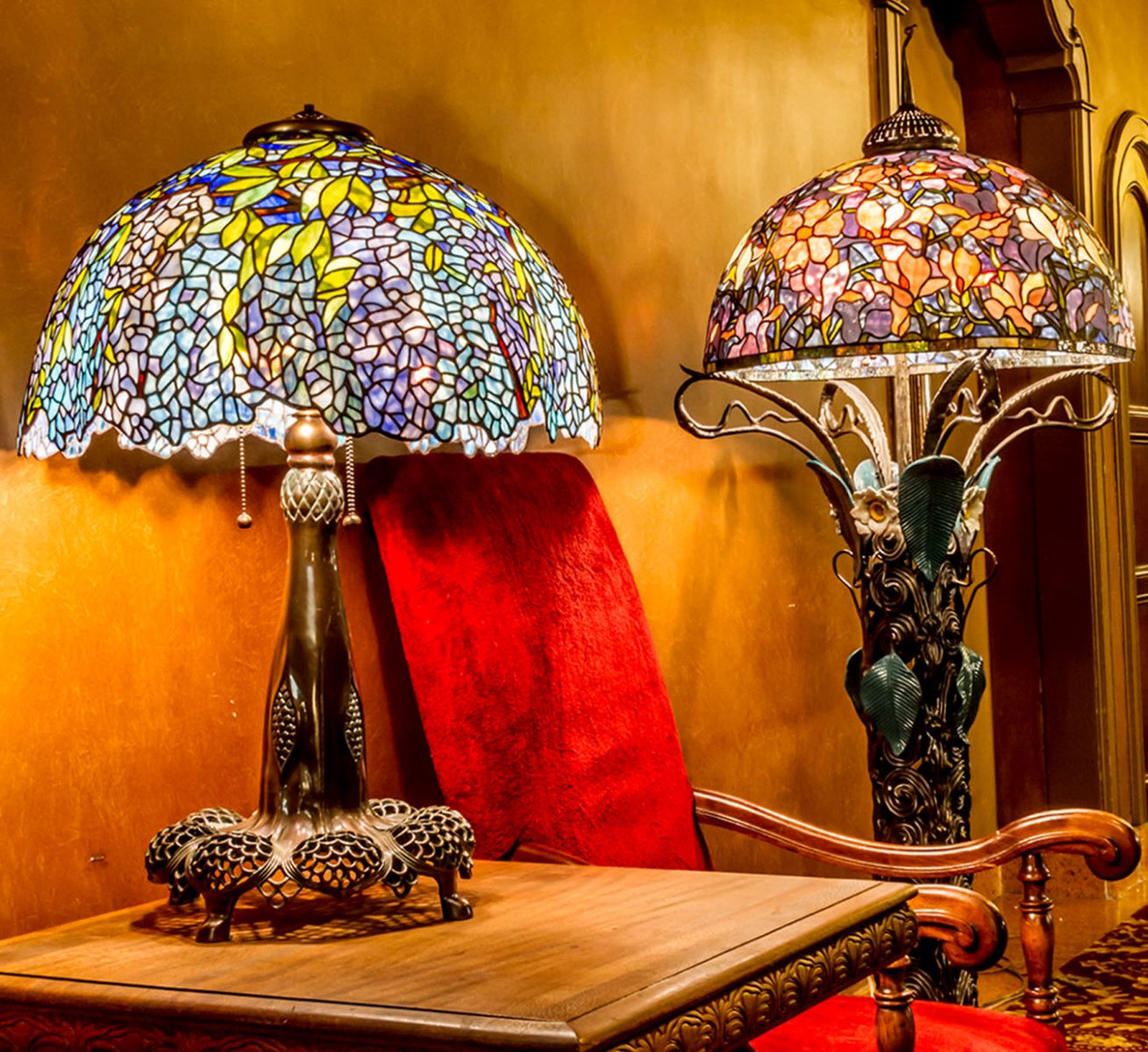
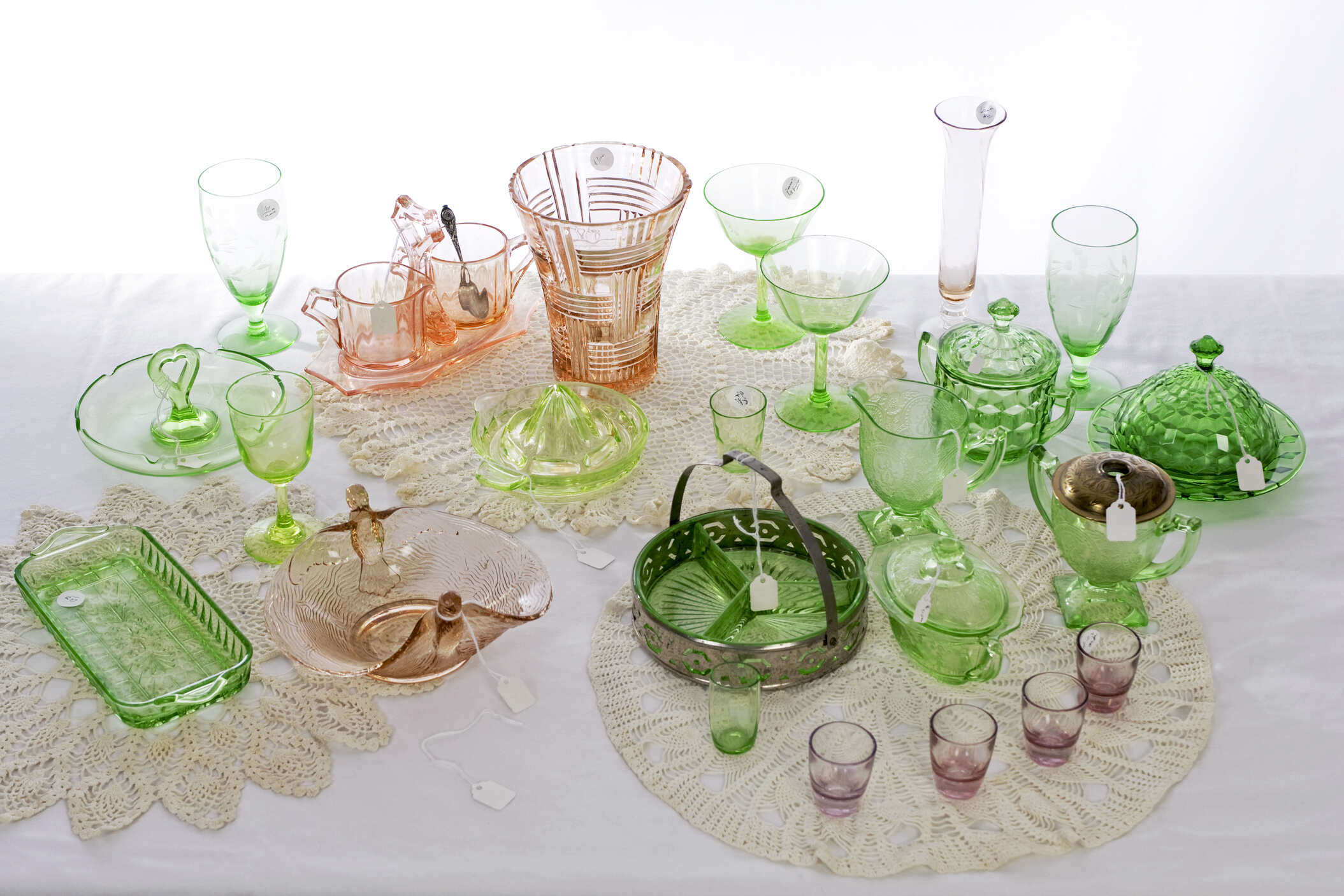
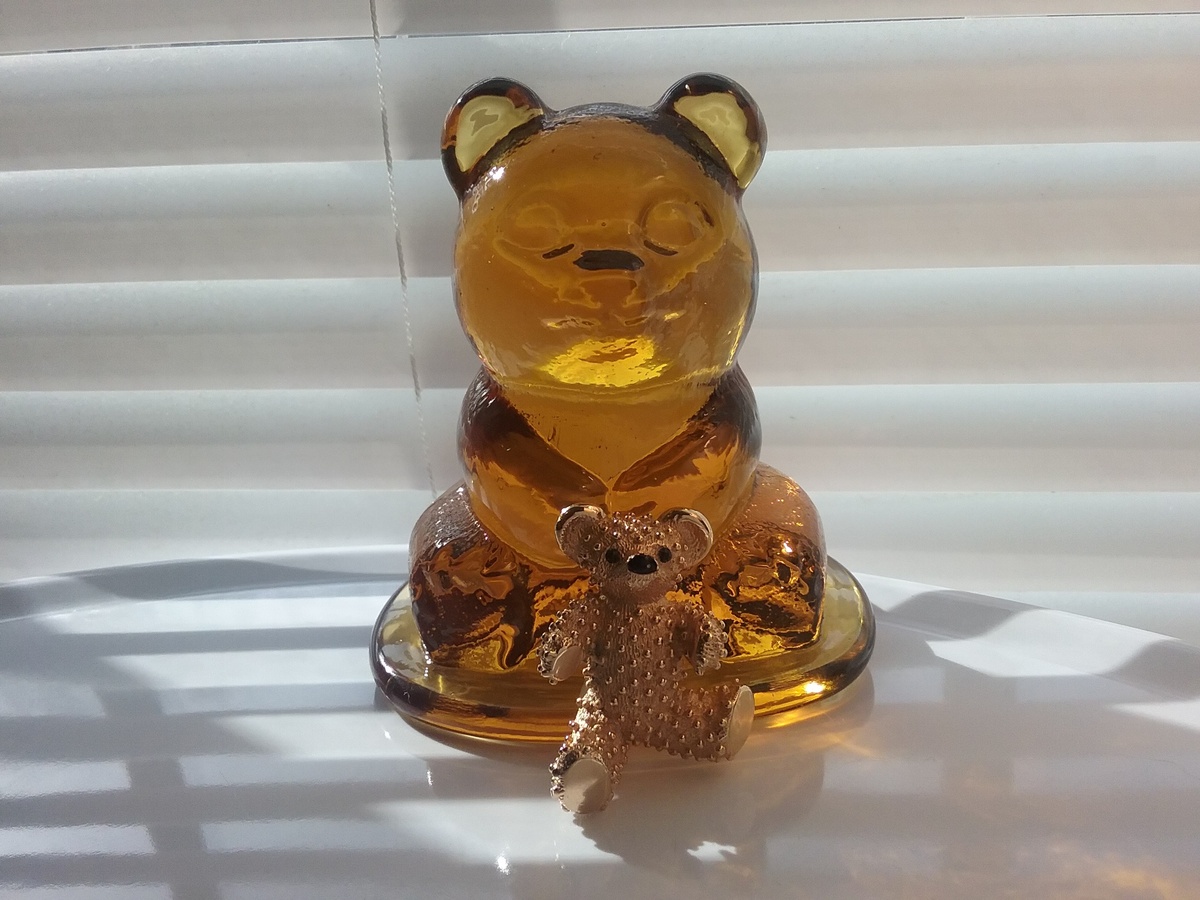
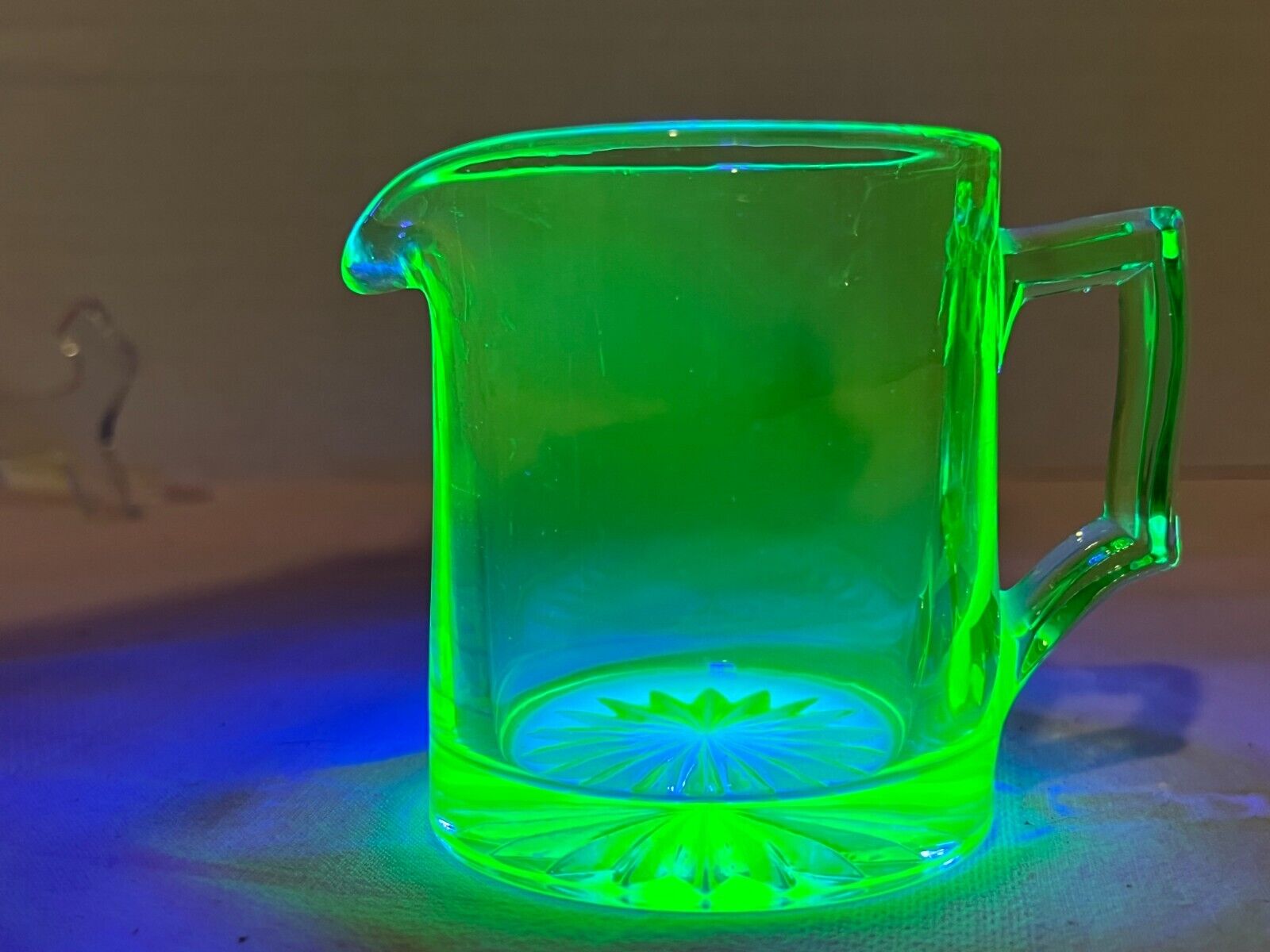
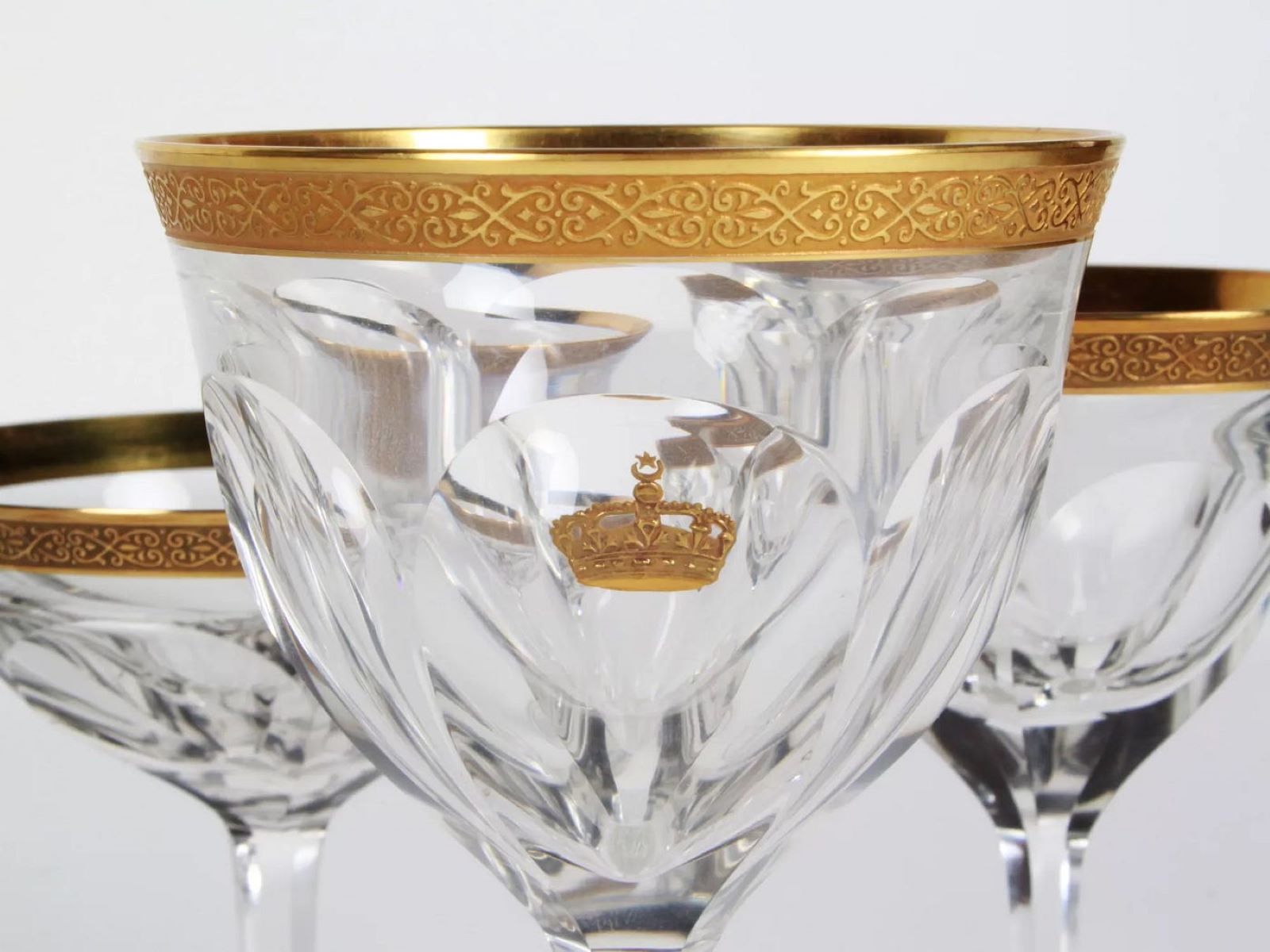
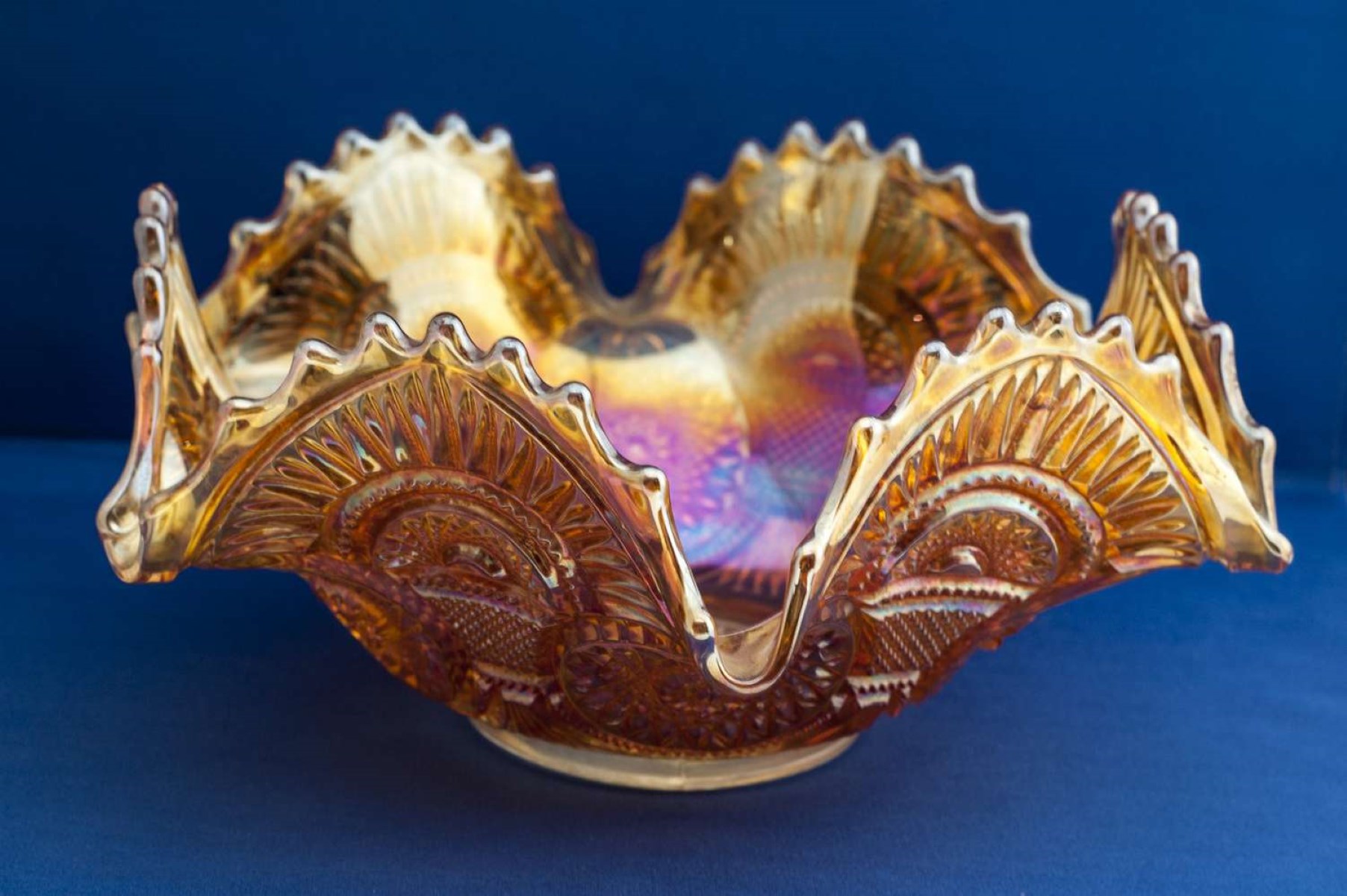
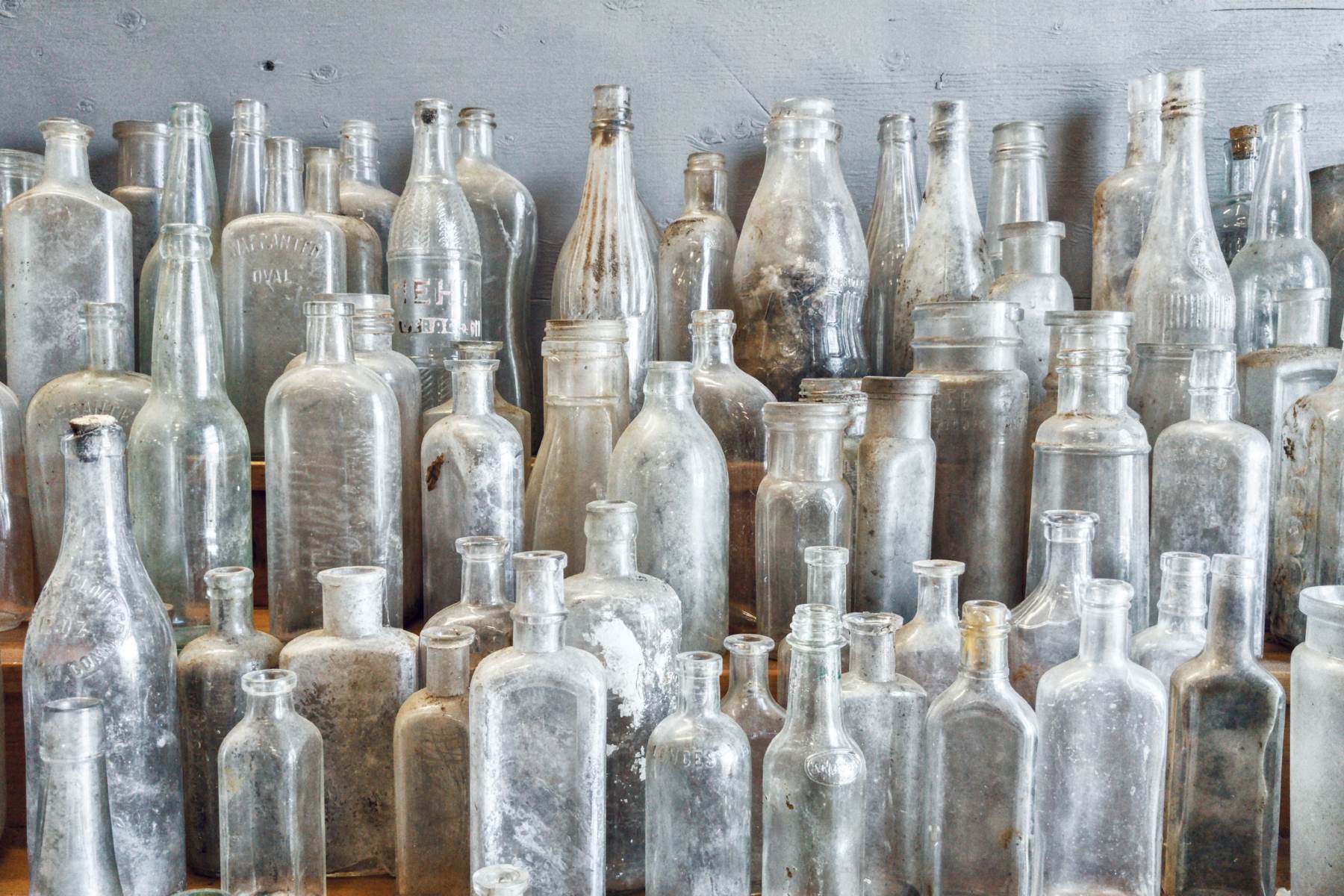
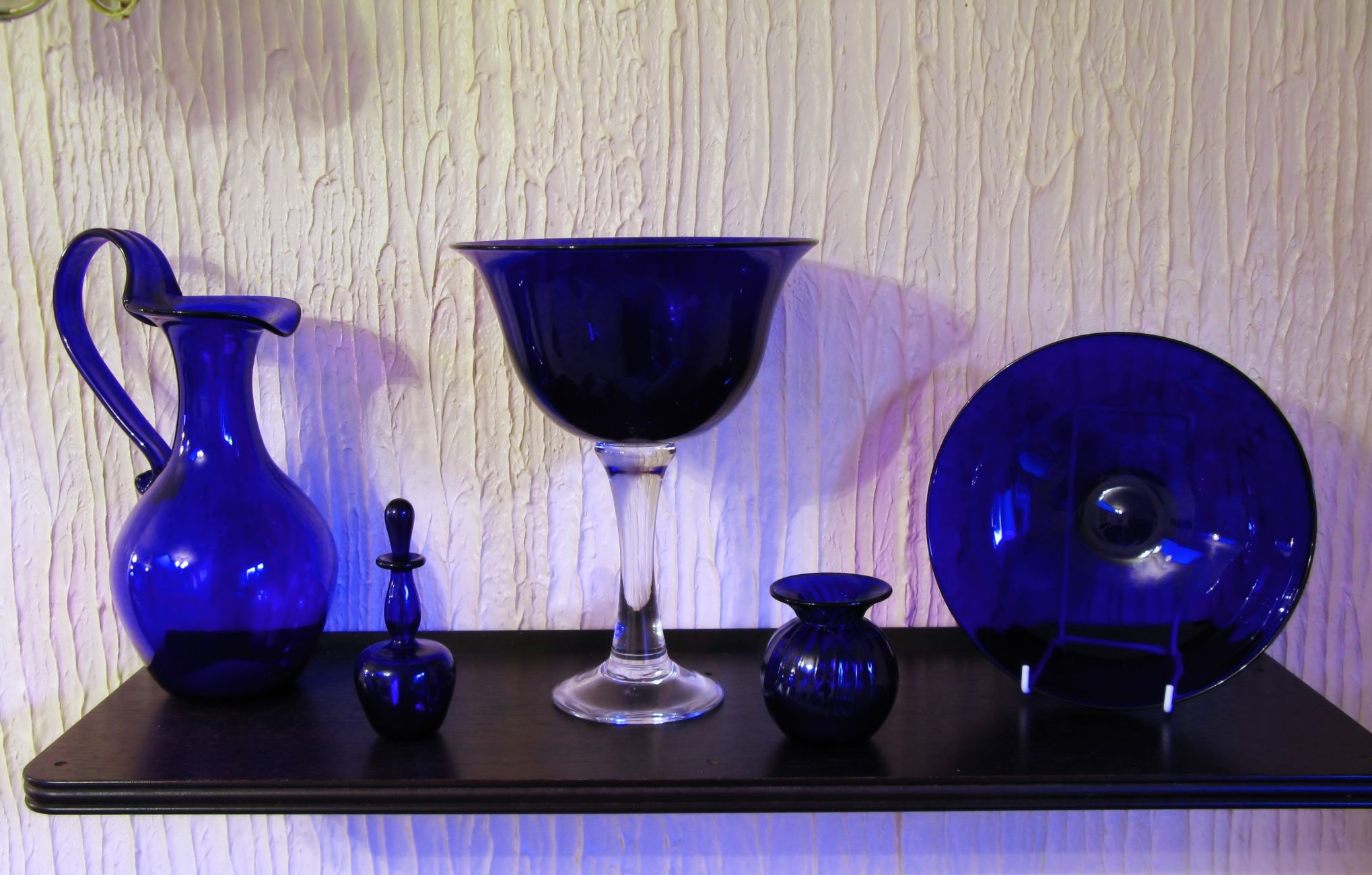
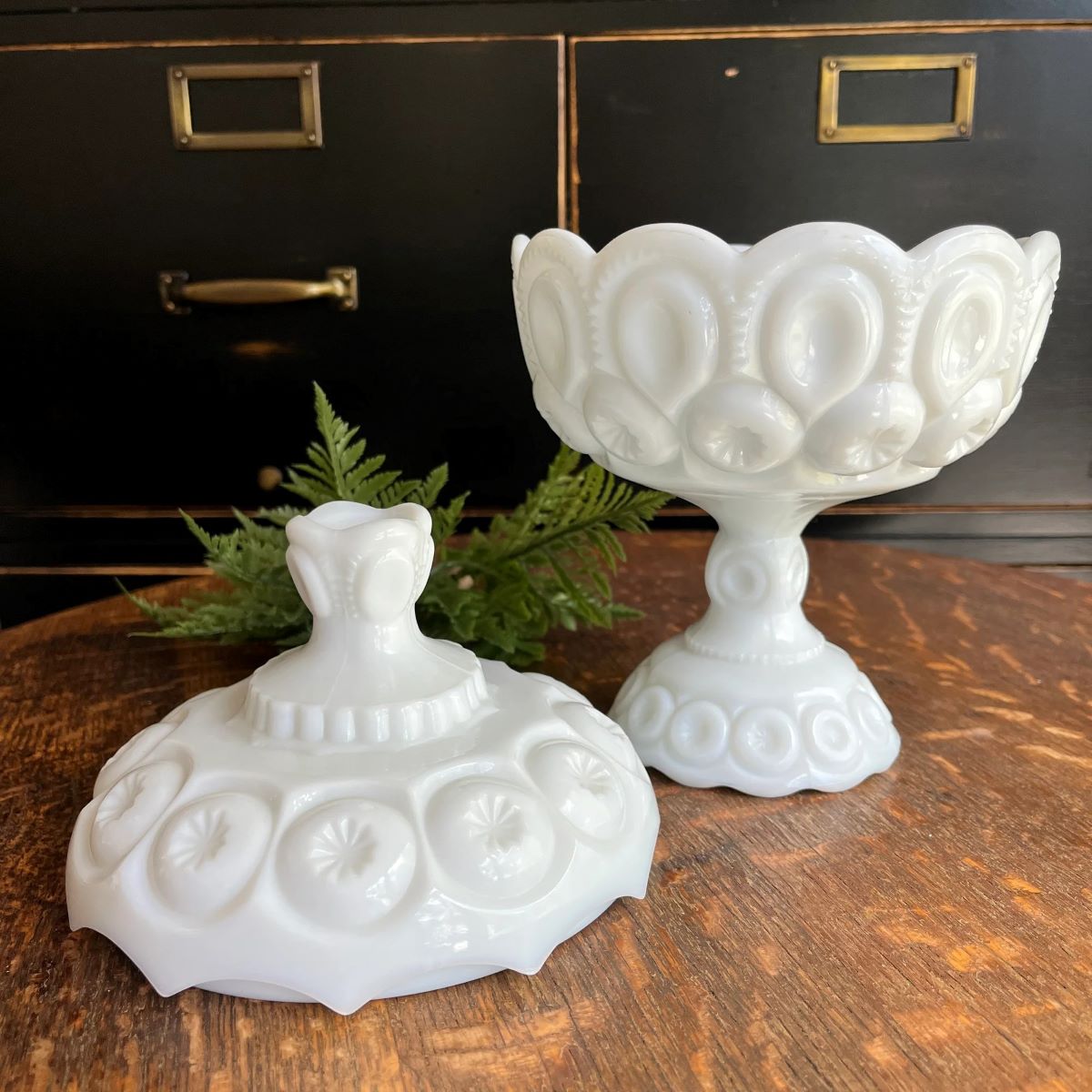
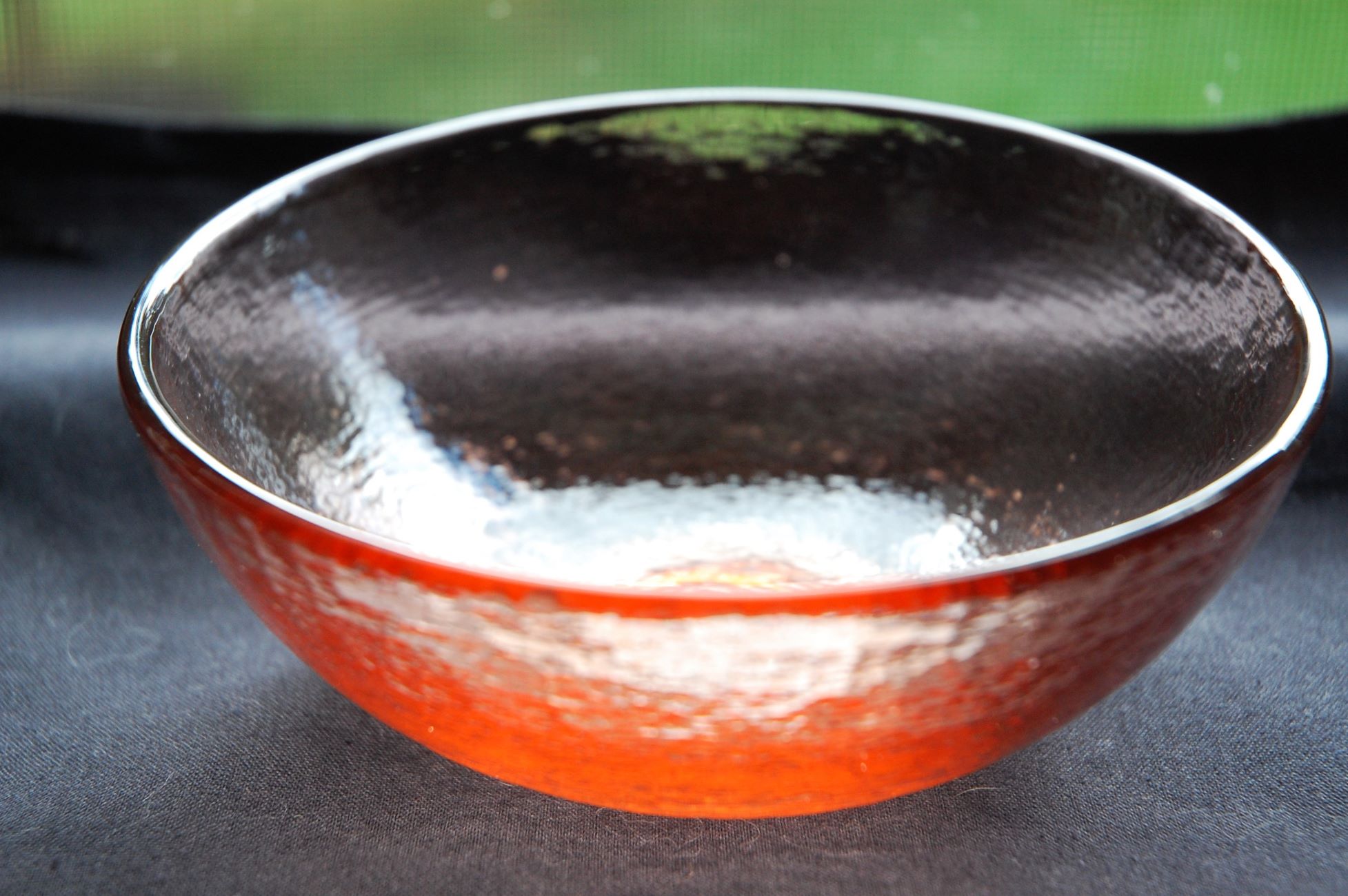
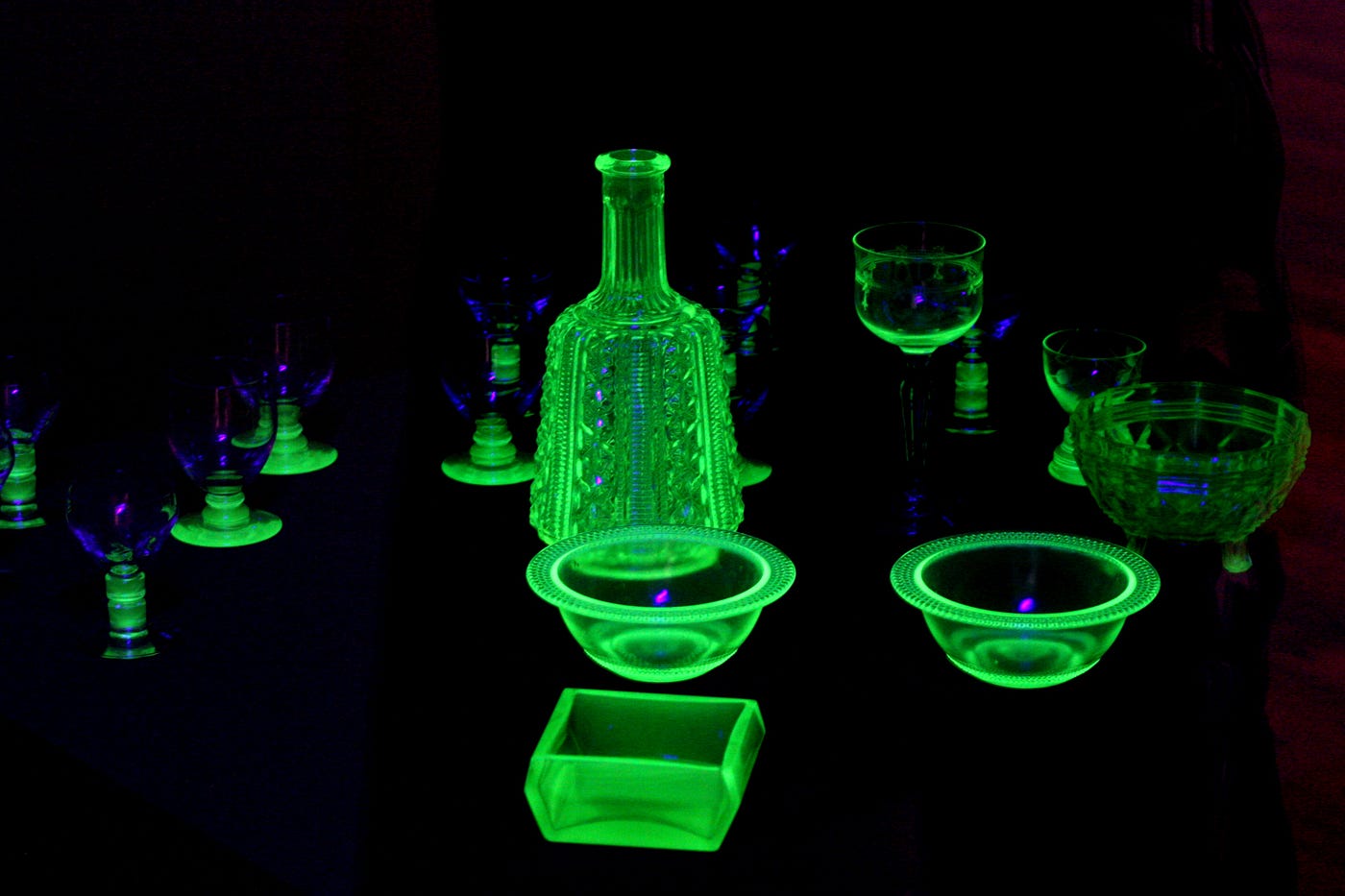

0 thoughts on “How To Identify Slag Glass”